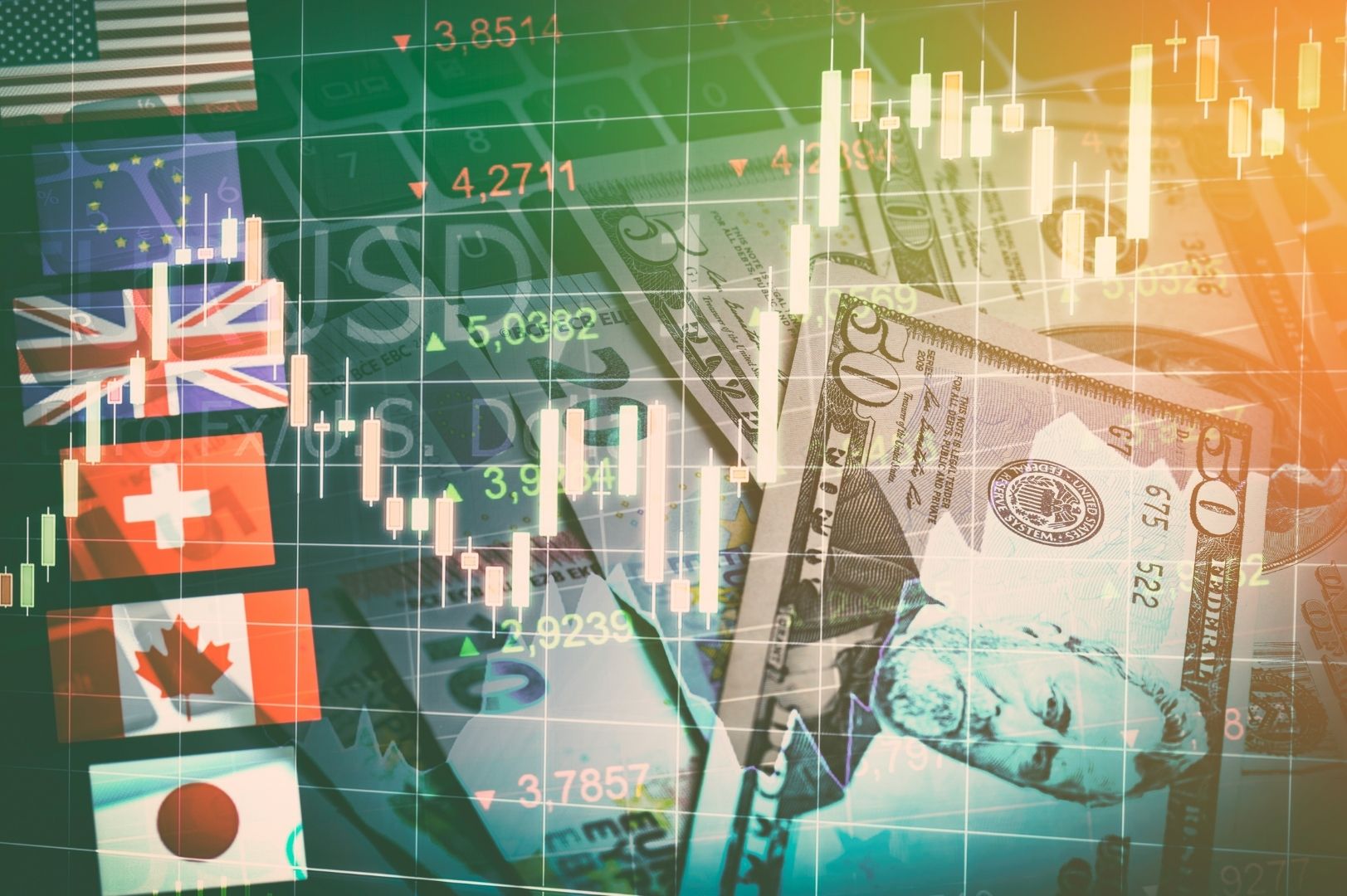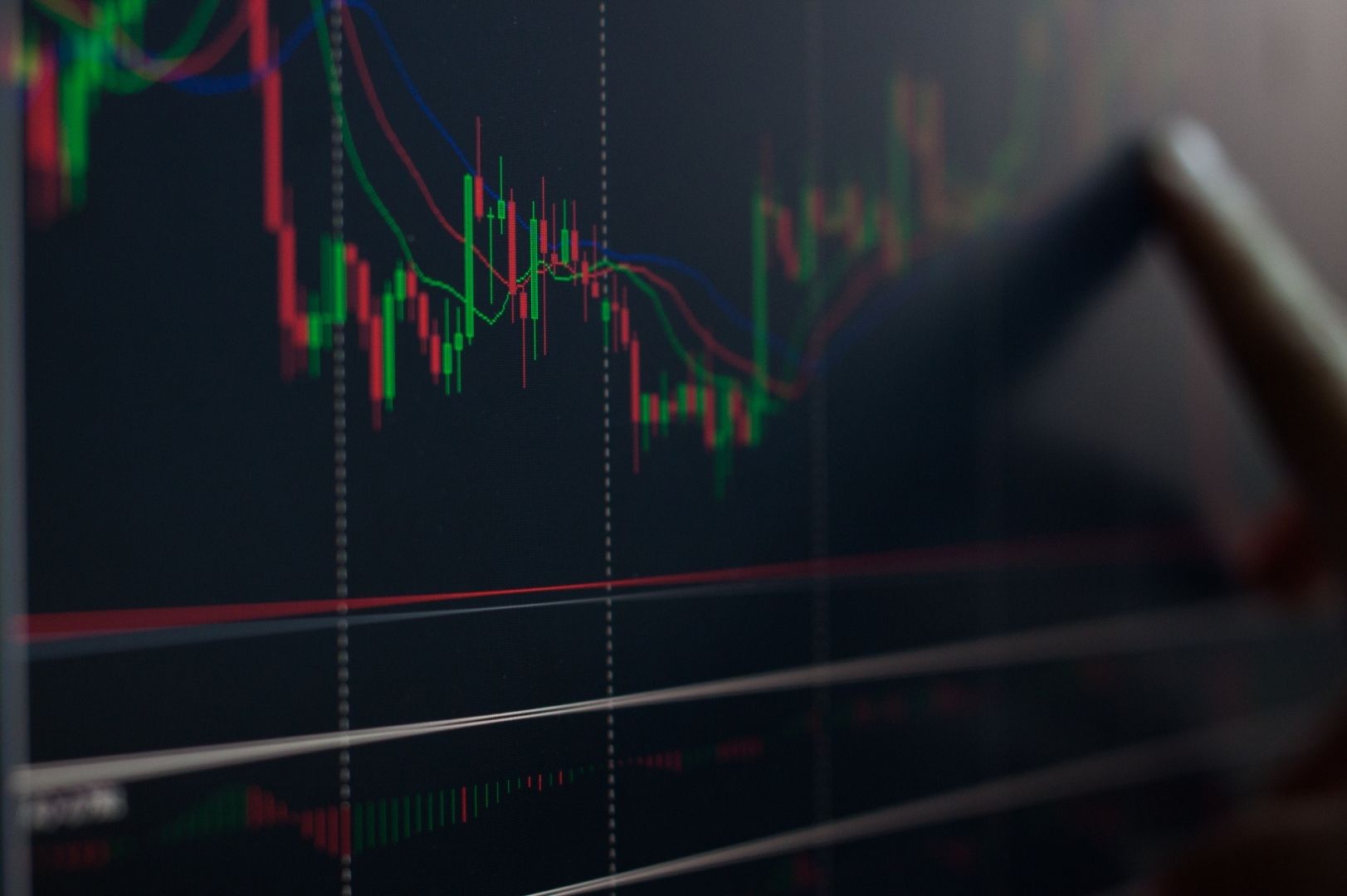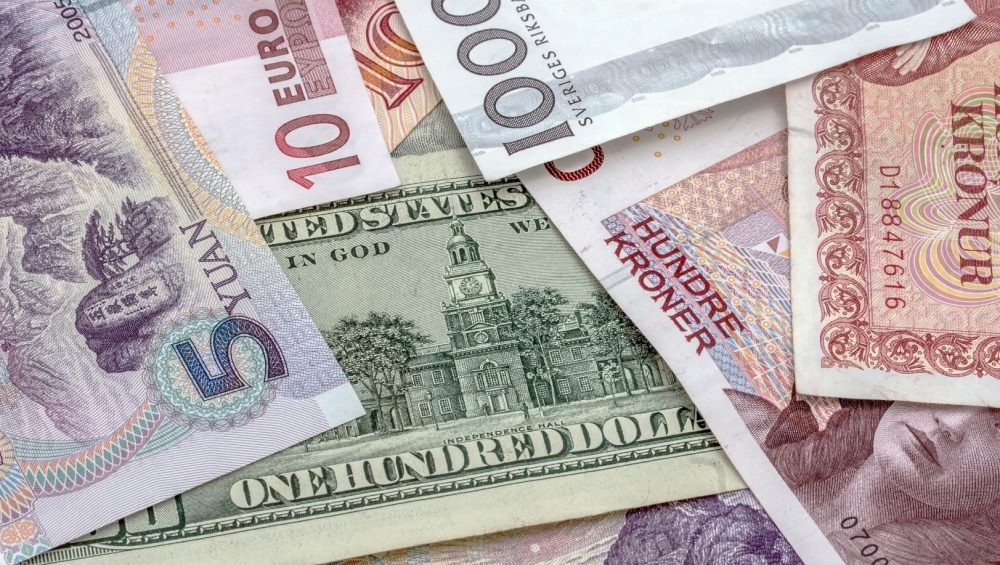A non-deliverable forward (NDF) is a straight futures or forward contract, where the parties involved establish a settlement between the leading spot rate and the contracted NDF rate. The settlement is made when both parties agree on a notional amount. NDFs are settled in cash. The most commonly used currency for settlement is the US dollar.
NDFs are traded over-the-counter (OTC), allowing for flexible terms that end up satisfying both parties involved. In nations where forward FX trading is prohibited, NDFs are widely used. In actual fact, NDFs are utilized to manage exchange rate volatility.
Since there is no actual exchange of principal funds, NDF is an efficient method of managing FX exposures for non-convertible currencies. The contracts are devoid of country or local market risk as NDFs are not conditional upon the FX regime being maintained (apart from the fixing at maturity). There is no bid/offer spread on maturity as the contracts are normally settled against a fixing rate.
When trading in NDFs, there is no withholding tax and no custody requirements, unlike trading in securities.
In this article, we will take you through everything you need to know about NDFs and its’ market overview.
5 Things To Know About NDF
1. Market Overview of NDF
Given that NDFs, like deliverable currency contracts, are primarily an over-the-counter product, rather than exchange-traded product, it is difficult to gauge the volume of contracts traded, who trades the contracts, and where they are traded. In general, New York tends to dominate trading in Latin American NDFs, Singapore (and to a lesser extent Hong Kong) dominate trading in non-Japan Asian NDFs, while London spans these markets.
NDF trading volume can be highly volatile due to a variety of factors including speculative interest in the market. Given that the trading style of hedge funds tends to favour relatively frequent and large transactions, expectations, and speculation on the potential currency regime change, can rapidly increase NDF volume for a particular currency.
While an NDF is primarily an over-the-counter product that market makers such as major banks write for their customers, these banks often use the services of third-party NDF voice brokers to mediate the purchase of offsetting NDF transactions with other major banks. Voice brokers facilitate banks’ ability to offset the currency risk associated with NDF transactions.

2. Who Are NDFs For
NDFs are mainly for corporations or clients who operate in countries with non-convertible currencies. It is used to make it possible to hedge the exchange rate risk for currencies such as Chinese Yuan (CNY), Taiwan Dollar (TWD), Indian Rupee (INR), Korea Won (KRW), Brazilian Real (BRL), etc.
These instruments are typically quoted and settled in US Dollars, and they are expanding in popularity among corporations wishing to hedge exposure to illiquid currencies, since they do not require physical delivery of the non-convertible currency.
3. Benefits of NDF
Certain benefits of NDFs are such as in markets where physical delivery of goods isn’t possible. NDFs can be used as a means to minimize foreign exchange risks. This type of forward contract works like a regular forward contract, however the underlying currency pair is not physically delivered.
By using an NDF, you are protected during the term of the contract from adverse movement in the currency pair’s exchange rate which is one of the main reasons why clients or corporation would make use of NDFs. The fixing date and notional amount are also chosen by the clients or corporations, which are usually tailored to their needs, making NDFs a beneficial option to invest.
4. Growth of the NDF Market
Since April 2013, NDF trading has been affected by investors’ and borrowers’ hedging in anticipation of a reduction in global monetary easing. Over the last several years, investors poured large sums into emerging market local currency bonds, and in some markets increased their holdings to substantial shares of outstanding bonds. For their part, many emerging market firms that had used their unprecedented access to the global dollar (and euro) bond market to fund domestic assets also had exposures to hedge.
According to the 2016 Triennial, global NDF turnover amounted to $134 billion in April 2016, up 5.3% since April 2013. Surveys show that the NDF market grew faster than the forward market or the foreign exchange market as a whole.

5. Popularity of NDF
A number of Asian emerging markets have large non-deliverable forward (NDF) markets that are fast-growing and often exceed onshore markets in terms of transaction volume.
The Bank for International Settlements (BIS) Triennial Central Bank Survey provides the most comprehensive information about the size and structure of global NDF markets. Asia accounts for three of the top four NDF currencies by volume globally according to the BIS survey. The INR, KRW, and TWD accounted for 55% of total daily global NDF turnover of USD258 billion as of April 2019.
The CNY accounts for another 5% of global NDF turnover. Outside of Asia, the Brazilian real (14%) and the Russian ruble (2%) have sizeable NDF markets. NDF trading in INR, TWD, and KRW experienced the fastest growth since 2016, rising 204%, 168%, and 100%, respectively.
Trade NDFs and FX with Orient Futures Today
At Orient Futures, we provide traders with Tier-1 Forex Liquidity. Traders can start from as low as USD2000, with zero commission and no hidden costs.
We provide clients with advanced technology that includes ultra-low latency for trades with our data centre co-location. This allows for instant execution with no requotes.
We are an official MAS regulated broker that allows clients to trade Forex and NDFs at any time that suits you as markets are open 24/5. With massive market opportunities, you can trade global currencies with us securely and accurately.
Offering competitive margin rates (maximum leverage) at our discretion based on our internal risk models, trading conditions with us are developed for smooth execution with high liquidity in the market.




